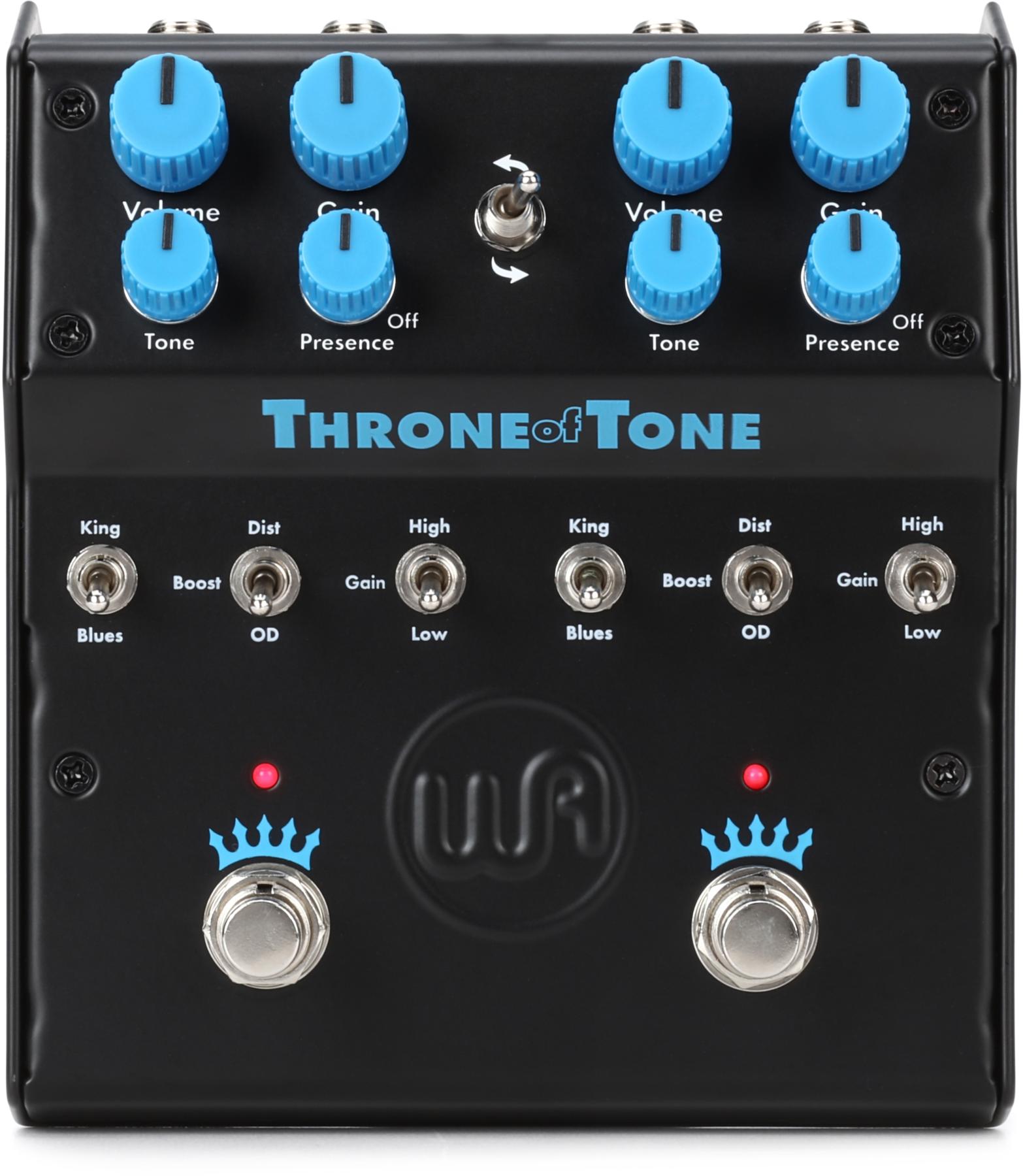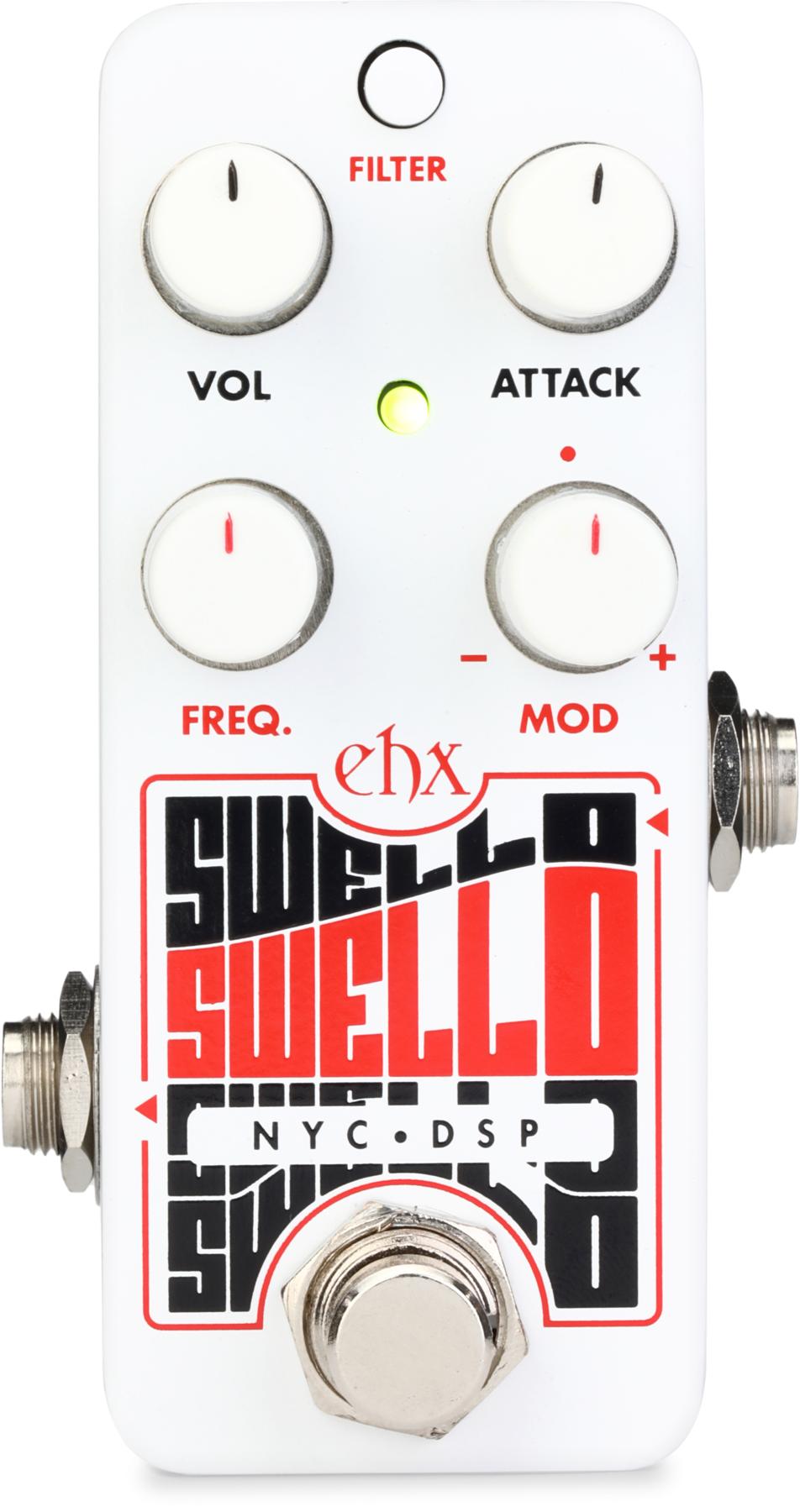It’s possible you’ve already heard Dave Cobb’s Dumble amp. It’s on Jason Isbell’s Southeastern, Sturgill Simpson’s Metamodern Sounds in Country Music, and albums the guitarist and producer has made with Chris Stapleton, the Rival Sons, and Marcus King. It lives and works—a lot—in Cobb’s studio, the famed RCA Studio A on Nashville’s Music Row. “Every guitar player who comes here wants to plug into it,” Cobb remarks.
And who can blame them? Alexander Dumble’s amps are the stuff of legend. Renown for huge and vibrant sounds sprayed with a rainbow of rich overtones, these extremely touch-sensitive amps are capable of magical tones associated with both Fenders and Marshalls. Players who’ve used Dumbles include Carlos Santana, Stevie Ray Vaughan, Robben Ford, Billy Gibbons, Eric Clapton, Ben Harper, Larry Carlton, Ry Cooder, David Lindley, Joe Bonamassa, John Mayer, Kirk Hammett, Michael Landau, Henry Kaiser, Lowell George, Sonny Landreth, Keith Urban, and other high marshals of tone. Used, these amps go for between $30,000 and six figures. Dumbles are the yetis of amplification: We’ve all heard or at least heard of them, but most of us have never seen one.
At first glance, Cobb’s Dumble looks like what it once was: a 1965 blackface Fender Deluxe. But it’s one of Dumble’s Ultra-Phonix Fender-shell reconstructions, which the guru built in 2011. Cobb was living in Los Angeles when a friend offered to bring him to the reclusive Dumble’s home. “When I got there, he had a bunch of amps he was working on—Steel String Singers and Overdrive Specials—and he talked to me a long time and said, ‘Do you want to try some stuff?’ I’d brought a guitar I really love—a Stephen Stern Gretsch White Penguin—and when I hit one chord on what looked like a mid-’60s Deluxe, it was the most 3-D sound I’ve ever heard—like you could see into it.” After intently watching Cobb play, Dumble offered to build Cobb his own Ultra-Phonix. “It was beyond my wildest dreams,” Cobb says. A vintage Deluxe was procured and Dumble went to work. It was ready for Cobb’s relocation to Nashville later that year.
From the rear, the Ultra-Phonix looks unassuming: the usual Deluxe tube array, but with a 25-watt Celestion Greenback speaker.
What’s under the hood? “I respect him too much to even really look inside,” says Cobb. But what’s certain is that the combo now has a 25-watt Celestion Greenback and the standard Deluxe tube array: four 12AX7 preamp tubes, two 12AT7s, two 6V6 power tubes, and a 5AR4 rectifier. “Alexander likes to use the standard tubes, so the core sound is consistent and they’re easy to find if they need to be replaced,” Cobb adds. If he did poke around inside, the six-time Grammy winner would likely find much of Dumble’s work covered by epoxy. Legend has it that’s Dumble’s strategy for both preserving his secrets and increasing heat dispersion. Likewise, his customers are sworn to keep specifics, including pricing, to themselves.
Cobb describes his Dumble’s sound thusly: “It does this Fender thing with a strong bottom end, and the high end is crystalline. I used to do this trick with a Fuzz Face or a Tone Bender where I turned the pedal up and turned the guitar down to get a kind of sparkly sound you hear on Hendrix records. Now I can do it without the pedal. And when you turn the amp up to 10, it becomes AC/DC, like ‘Dirty Deeds Done Dirt Cheap.’” For an earful, go to YouTube and check out Jason Isbell’s slide guitar on “Cover Me Up.” Even on a laptop, the solo, which starts at 3:15, bristles with dimensionality.
Used Dumbles do appear on the market. In fact, you can go online to our August 6 “Axes & Artifacts” video to hear and see three that were on the floor at Nashville’s Carter Vintage Guitars this past summer. But before you break open the piggy bank, here’s a caveat: The reason Dumble intensely watched Cobb play guitar is because he “tunes” each amp he builds to the attack and style of the player who commissioned it, using a methodology he’s never disclosed. “I’m pretty convinced he does talk to molecules,” Cobb observes. Some who buy used Dumbles are able to take them to the builder to be recalibrated for their playing, but he doesn’t take every client or would-be commission. Yet Cobb says that once you’re in Dumble’s circle of customers, you get more than a dream amplifier.
“He’s not at all what people would think,” Cobb notes. “He’s always available if I need to ask him about anything. He’s a dear friend and a magical human being—not distant, a kind soul.”


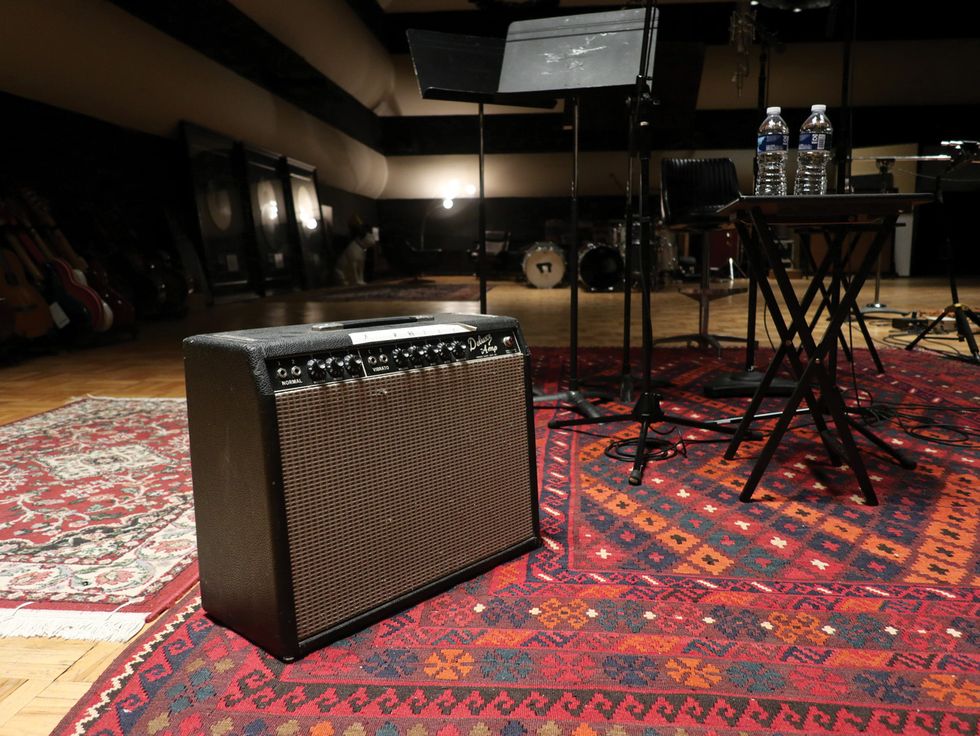

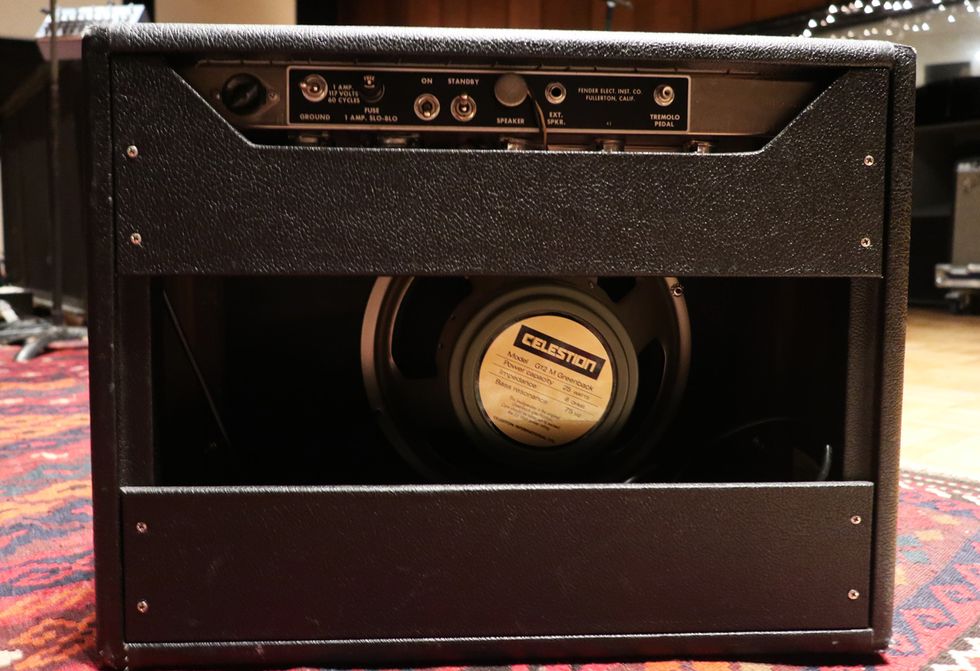

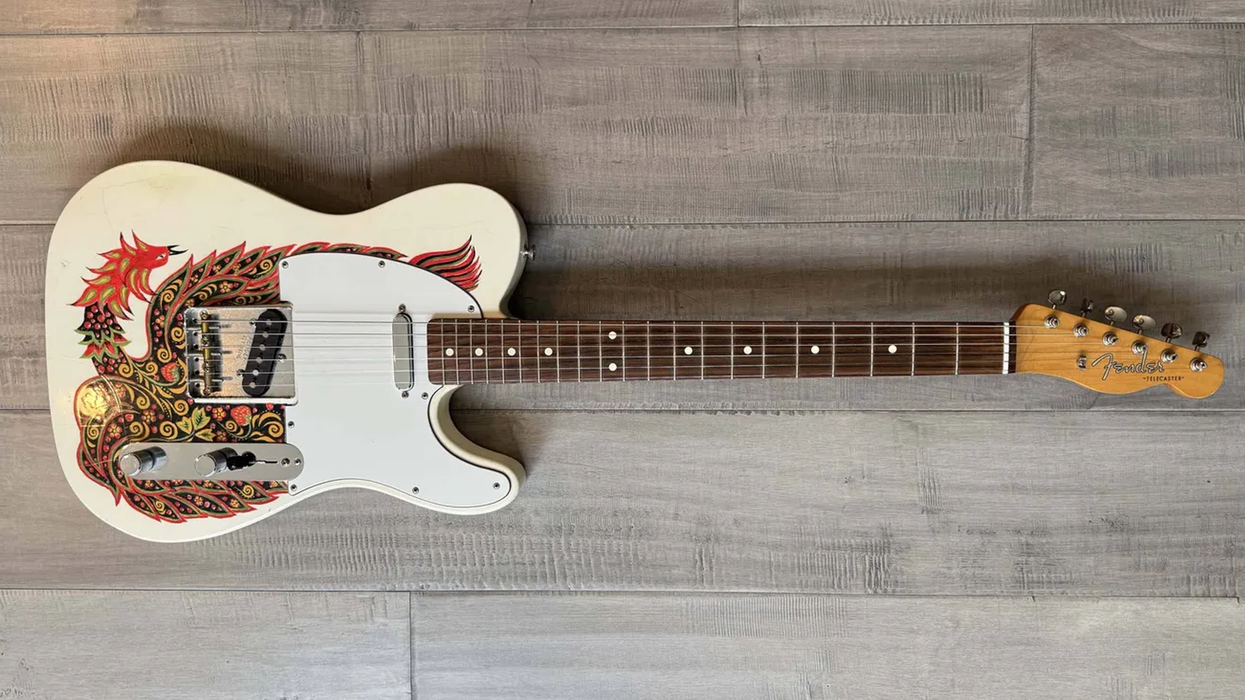
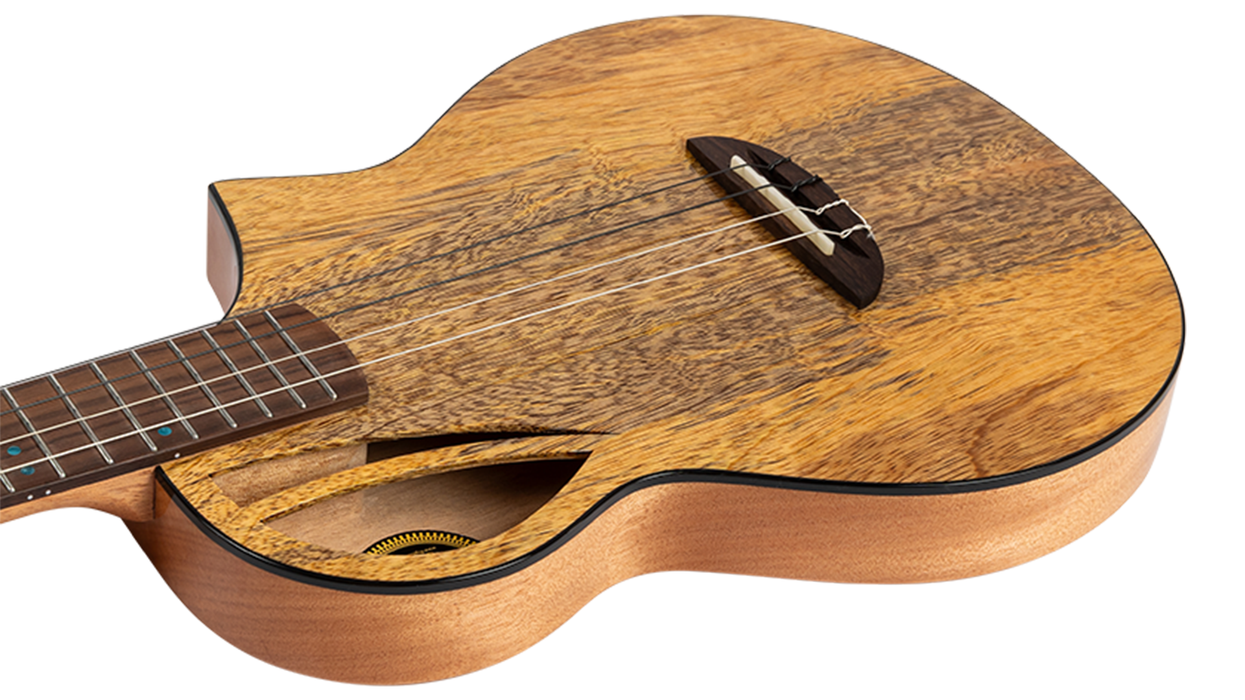
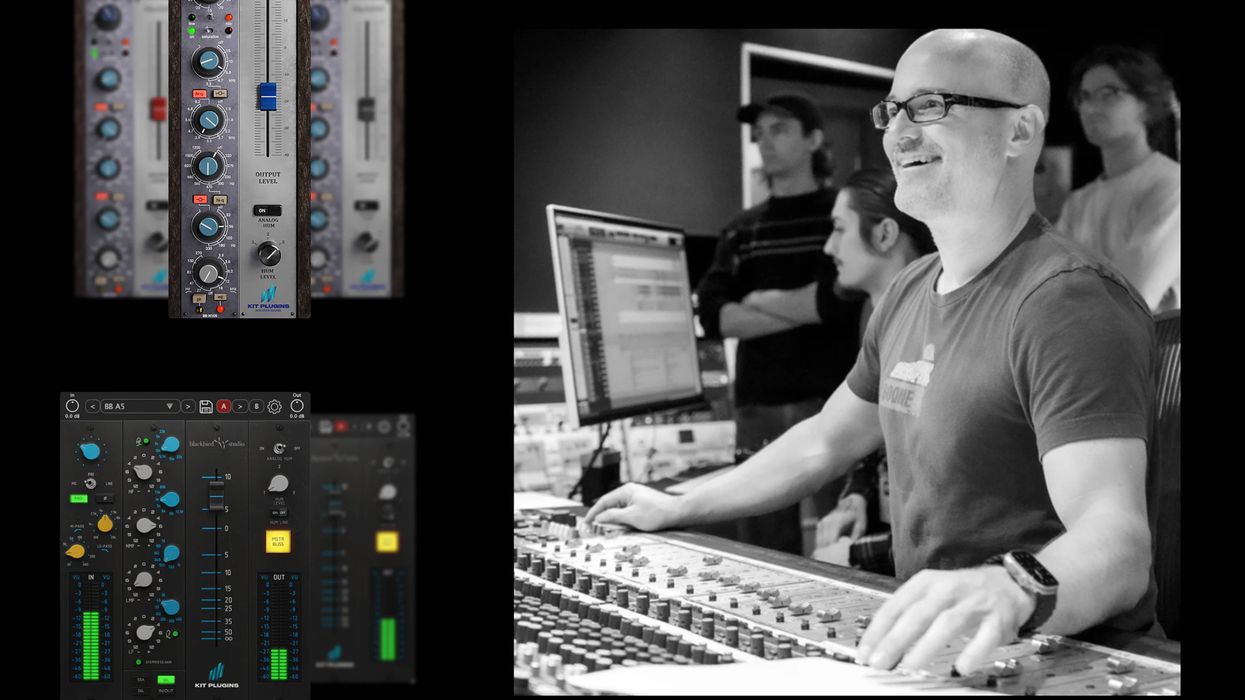

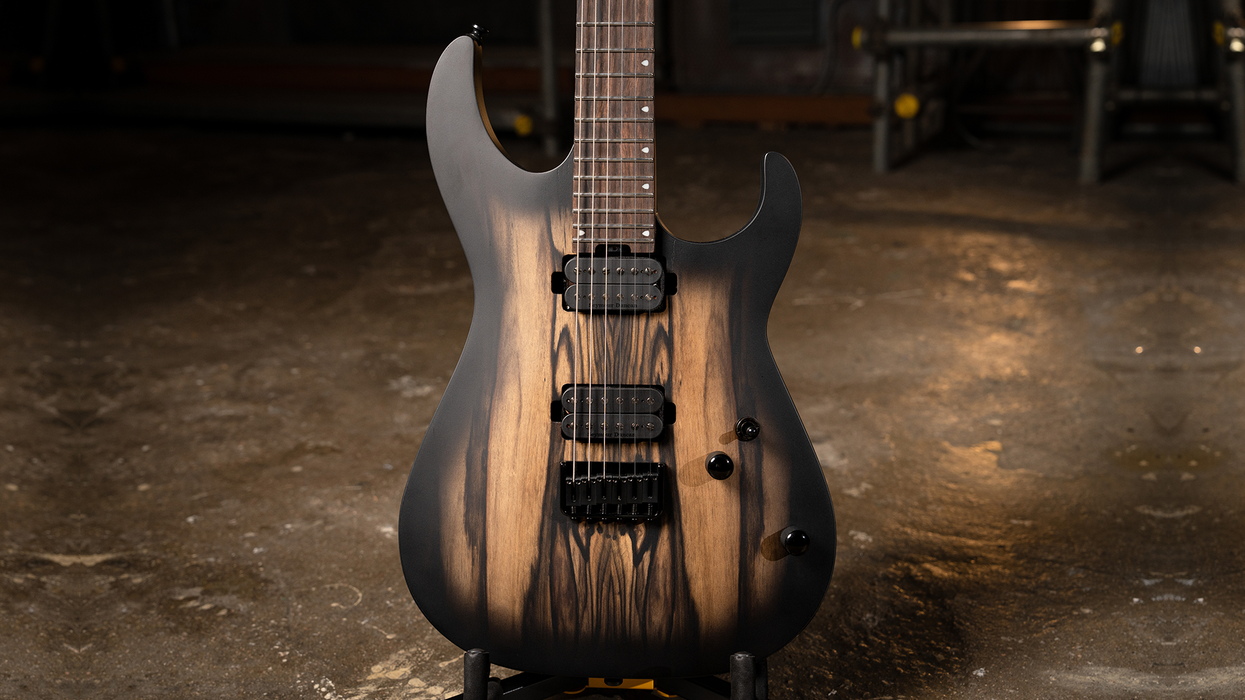


![Rig Rundown: Russian Circles’ Mike Sullivan [2025]](https://www.premierguitar.com/media-library/youtube.jpg?id=62303631&width=1245&height=700&quality=70&coordinates=0%2C0%2C0%2C0)







